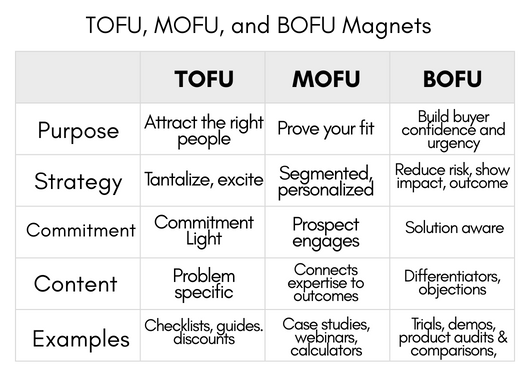[vc_row][vc_column][vc_column_text]Key Performance Indicators (KPIs) are an important part of tracking lead attraction and conversions. If you are unsure what a KPI is, you can read about our blog on using your CRM to measure your KPIs. When we have KPIs defined, we know how we can properly segment our data to see if we are reaching our business goals.
In order to consistently track our CRM data and KPIs, we need a tool that will help us to visualize it. This tool is the CRM dashboard. The dashboard is a feature with most CRMs that gives you the ability to group your data together. There are several benefits to creating a dashboard specifically for your KPIs.
Your CRM dashboard keeps you focused. When you align your dashboard with your KPIs, you can focus on the goals without the temptation of going down a rabbit hole of “what ifs” and “I wonder…” scenarios. As an example, let’s say your goal is to increase sales by 25% from members of three area chambers of commerce. You can create a dashboard that helps you focus on those three without being distracted by other chambers of commerce. While staying focused, the dashboard can help you answer why one chamber is performing better than the other. It can tell you thinks like if geography is a factor or if one chamber has more decision makers than another. Your CRM dashboard will keep you focused so you can make better decisions.
Your CRM dashboard visuals your data. Exported spreadsheets full of data is necessary at times, but many times you just need a quick glance of specific data. Through the use of color, charts, and graphs, you can define your KPIs which will help you interpret and understand your data. Continuing with the chamber of commerce example, you can color-code each chamber. As you are looking at your data in different segments and charts, you can quickly recognize the performance of each chamber.
You can create a dashboard for each KPI. If you do not have a dashboard, and manually compile the data reports each time, you are wasting valuable time and increasing the risk of inaccuracies. Likewise, if you create one dashboard to manage all KPIs, you are increasing the potential for confusion and misinterpretation. Creating separate dashboards for each KPI will help you keep your KPIs straight, cause less confusion, and improve productivity. As an example, if you are trying to grow sales from the chamber of commerce members AND members of local rotary clubs, you should have two dashboards. This will prevent data from overlapping and getting mixed up.
Your CRM dashboard can strengthen collaboration. Leading a customer from awareness to sales is often a group effort. Everyone involved in marketing to business development needs to be on the same page. Dashboards help everyone see the big picture for each KPI. Marketing can see what they need to adjust to reach a specific audience within the KPI. Business development can see the disconnect between follow-up and conversion. Everyone can work together to make sure KPIs are being reached and business goals can be met. In the example of chambers and rotary clubs, the dashboard will help each department make adjustments from design material to conversation. It will keep you from falling into the trap of assumption.
Dashboards are essential to analyze and grow sales. There are many CRMs that have dashboard features. However, we have found X2CRM to be a great and cost-effective solution for our clients to track lead generation, document follow-up, and track KPIs through segmentation and dashboards. If you are not using a CRM or are unhappy with your current CRM, please contact us at jonr@solutions.com or 301-332-0613. We would love to talk to you about the benefits of X2CRM.[/vc_column_text][/vc_column][/vc_row][vc_row][vc_column][vc_custom_heading text=”More CRM Blog Topics” use_theme_fonts=”yes”][vc_empty_space][vc_basic_grid post_type=”post” max_items=”2″ element_width=”6″ orderby=”rand” grid_id=”vc_gid:1591110470382-4295202d-d3f1-6″ taxonomies=”4″][/vc_column][/vc_row]






